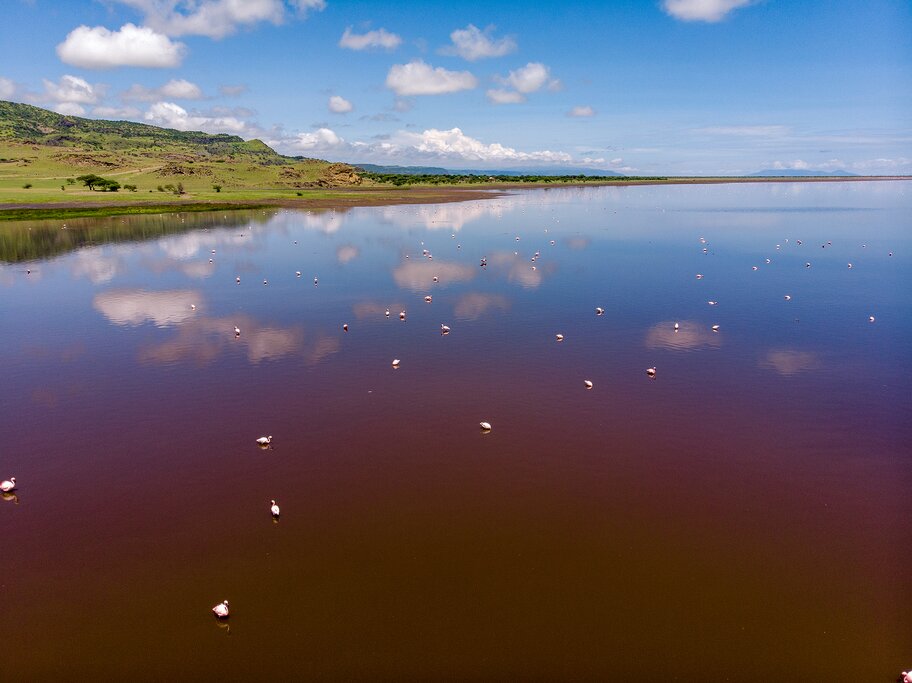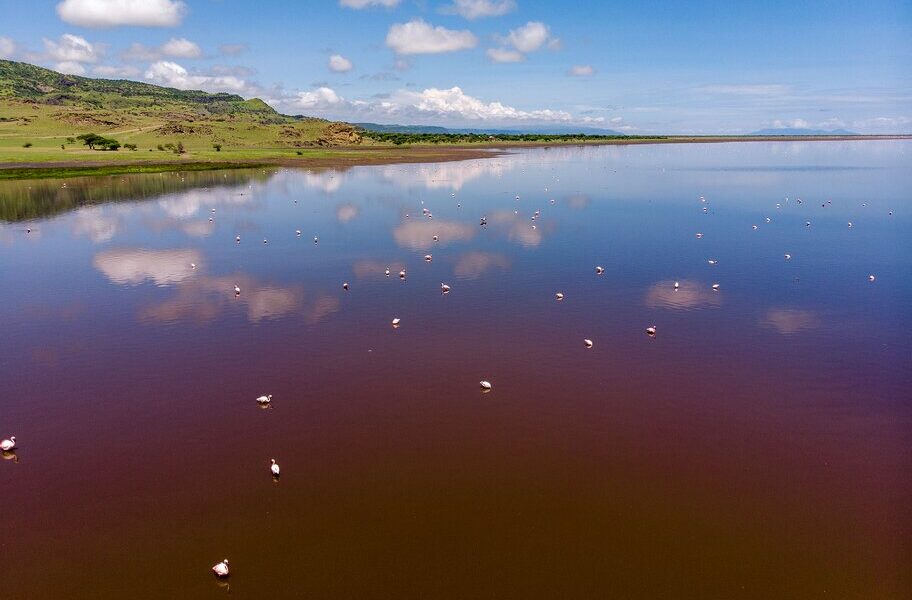
August is peak season for travel to Tanzania. Drier, cooler conditions make it a great time to go on safari in many regions of the country. Active travelers can also attempt Mount Kilimanjaro, while those seeking a more chilled-out vacation will love Zanzibar’s beaches. Read on for more information about travel to Tanzania in August.
## Discovering Tanzania in August: A Comprehensive Guide
Tanzania, a land of breathtaking landscapes and diverse wildlife, beckons travelers from across the globe, particularly during the month of August. This tropical paradise offers a consistent climate throughout the year, with temperatures exhibiting only slight variations. In the lowlands and along the captivating coast, average temperatures range from a comfortable 77°F to 86°F (25°C–30°C). As you ascend into the highlands, you’ll find a refreshing change, with temperatures hovering around 59°F–68°F (15°C–20°C). The key factors influencing the weather in Tanzania are altitude and, of course, the patterns of rainfall.
August falls squarely within the long dry season, a period sometimes playfully referred to as Tanzania’s winter. However, it’s important to note that the temperatures remain quite pleasant, experiencing only a marginal dip compared to other times of the year. One of the most appealing aspects of August is the low humidity, which creates ideal conditions for a wide array of outdoor activities. Whether you’re embarking on a thrilling safari adventure or exploring the stunning landscapes on foot, the agreeable weather in August will enhance your experience.
However, it is important to note that August marks the peak of the tourist season in Tanzania. The combination of favorable weather and summer vacations in Europe and North America draws a significant influx of visitors. As a result, lodges and hotels in and around the renowned national parks, majestic mountains, and the idyllic coast surrounding **Zanzibar** operate at full capacity and implement peak season rates. Therefore, to ensure you secure your preferred accommodation, it’s highly recommended to book well in advance. This proactive approach will allow you to have the first pick of the best lodges and hotels available.
While the northern national parks tend to be the most popular, offering unparalleled wildlife viewing opportunities, they also attract the largest crowds and command the highest prices. To escape the hustle and bustle and enjoy a more serene experience, consider venturing to the parks in the south, such as the magnificent **Ruaha National Park** or the sprawling **Selous Game Reserve**. These hidden gems offer equally rewarding wildlife encounters without the overwhelming crowds, allowing you to immerse yourself in the natural beauty of Tanzania at a more leisurely pace.
When deciding where to go in Tanzania during August, the **Serengeti National Park** stands out as an unparalleled destination for a classic East African safari adventure. This iconic park is particularly captivating during this time of year due to the Great Migration. You’ll have the incredible opportunity to witness massive herds of wildebeests and zebras as they bravely attempt to cross the treacherous **Mara River**, navigating the perilous waters while avoiding the lurking crocodiles. It’s a truly spectacular sight to behold!
For the best vantage point to witness this awe-inspiring event, the **Western Serengeti** is highly recommended. The dry weather during August results in thinner vegetation, providing unobstructed views of the vast plains and the incredible wildlife that inhabits them. Moreover, the animals tend to congregate around the remaining watering holes, increasing your chances of spotting a diverse range of species.
However, if you’re seeking a less crowded and more intimate wildlife experience, the often-overlooked **Ruaha National Park** in southern Tanzania is an excellent choice. While it may not boast rhinoceroses, it is home to the other members of the renowned Big Five, including lions, elephants, leopards, and buffalo. You’ll also encounter large prides of lions, adding to the thrill of your safari. Moreover, the park is a haven for bird enthusiasts, with hundreds of different bird species gracing its skies.
For avid bird watchers, a visit to **Lake Natron** in northern Tanzania is a must. This unique lake is not only visually striking, with its mineral-rich waters exhibiting a vibrant red hue, but it also serves as a critical breeding ground for flamingos. During August, you can witness hundreds of thousands of these graceful birds congregating here, creating a breathtaking spectacle of pink and crimson. In addition to the mesmerizing flamingo displays, **Lake Natron** offers stunning mountain views and a variety of hiking trails, allowing you to immerse yourself in the natural beauty of the surrounding landscape.
Many travelers choose to complement their Tanzanian safari adventure with a relaxing beach getaway in **Zanzibar**. The dry season in August creates ideal conditions for enjoying the archipelago’s pristine white beaches, with clear skies and warm sunshine beckoning you to unwind and soak up the tropical ambiance. Furthermore, August and September are considered prime months for diving, as the waters are exceptionally clear, thanks to the passage of several months since the wet season rains stirred up the sea. During this time, underwater visibility is at its peak, allowing you to fully appreciate the vibrant coral reefs and diverse marine life.
Wildlife enthusiasts also have the opportunity to witness the captivating spectacle of turtle hatching on the shores of the Indian Ocean islands. These adorable creatures emerge from their sandy nests and embark on their journey towards the sea, offering a heartwarming and unforgettable experience.
For active travelers seeking a physical challenge, climbing **Mount Kilimanjaro** (19,340 ft/ 5,895 m) or **Mount Meru** (14,967 ft/ 4,562 m) during the dry season is an excellent option. The drier conditions make the climbing trails safer and more accessible compared to the wet season. Various routes can be chosen, with treks typically lasting between four and ten days. Both mountains are considered non-technical and are often described as “walk-ups,” making them accessible to a wide range of climbers.
However, it’s important to acknowledge that the sheer height of **Mount Kilimanjaro** can pose a challenge for some individuals, so it’s crucial not to underestimate the climb’s difficulty. For a slightly less demanding experience, **Mount Meru** is a suitable alternative. Alternatively, you can opt for a hike that remains at lower altitudes, allowing you to enjoy the stunning scenery without pushing your physical limits too much. Regardless of your choice, you’ll be rewarded with incredible panoramic views across Tanzania and Kenya, as well as the chance to spot wildlife at the lower altitudes of the mountains.
B-2562

